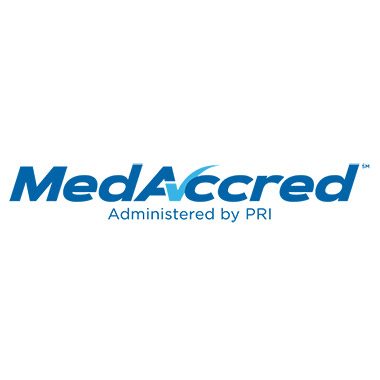

AAMI and the British Standards Institute (BSI) have jointly published new guidance documents on performing risk management for machine learning or artificial intelligence incorporating medical devices.

AAMI and the British Standards Institute (BSI) have jointly published new guidance documents on performing risk management for machine learning or artificial intelligence incorporating medical devices.

In spite of continuing delays to implementation deadlines for EU MDR/IVDR, post-market surveillance requirements are currently in force. Hence, manufacturers need to urgently establish a PMS system to identify potential nonconformances and safeguard users and patients.

How innovators in the femtech space can protect their inventions and defend market share.

The purpose of the Best Practices in Supply Chain Resiliency and Quality Working Group is to improve medical device quality and supply chain resiliency by expanding MedAccred adoption through the tiers in the supply chain, identifying best practices to supplement efforts in quality assurance and procurement strategies, and to help mitigate supply chain risks.

Connectivity in medical devices creates new diagnostic and treatment opportunities, yet at the same time increases the risks of cyberattacks—including their consequences for patient safety and data privacy. Now the new IEC 81001-5-1 standard provides clear technical requirements for manufacturers and developers to ensure the cybersecurity of their products across their life cycle.

Digital transformation requires a clear vision, buy-in at every level, and significant investment. Here are three steps to streamline the process.

The guidance is intended to clarify the FDA’s approach for referencing the terms “device” and “counterfeit device” in FDA documents, as well as how the agency intends to interpret existing references to section 201(h) of the FD&C Act in guidance, regulatory documents, communications and other public documents.

The draft guidance proposes updates to clarify how the Breakthrough Devices Program may be applicable to certain medical devices that promote health equity, as well as considerations in designating eligible devices that may benefit populations impacted by disparities in health and health care.

The updated guidance document clarifies what constitutes a statement of the basis for the deficiency and includes examples of well-constructed deficiencies and industry responses to facilitate a more efficient review process.

Inspecting for quality after a process is completed is reactive and outdated. Instead, the future lies in predicting quality and quality issues. For medical device manufacturers, the advantages in predictive quality are so great they simply cannot be ignored.